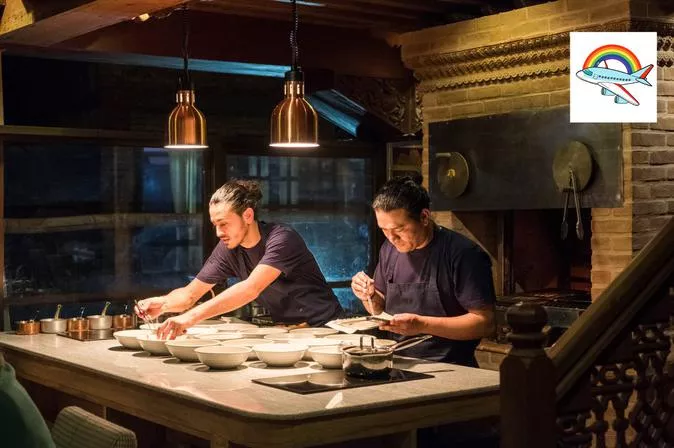Global Nepali chefs return to take Nepali cuisine international at Tusa in Bhaktapur
by Vishad Onta
ISTANBUL (Nepali Times) – Born in Khandbari in eastern Nepal, Parashuram Pathak helped his family around the farm, sold what they grew in the market and lent a hand in the kitchen.
After working as a chef in Dubai, San Francisco, Denmark, Australia, and on cruise ships, Pathak has now brought back what he has learnt to the Tusa Restaurant in Bhaktapur that opened on Nepali New Year on 13 April.
Tusa uses fresh indigenous ingredients from various parts of Nepal, and fuses them with international methods to produce unique dishes. Pathak is a global Nepali, and is introducing global Nepali cuisine to his homeland.
Pathak left an executive chef job to intern at three-Michelin-starred Noma in Denmark, named the best restaurant in the world five times. Noma runs on a philosophy of foraging to rediscover wild local ingredients, and Tusa’s mission is similarly noble: preparing dishes with Nepali ingredients using modern techniques and equipment.
“We are taking Nepali food beyond dal-bhat and momo, we are taking it international,” Pathak said on the phone from Sydney.
Read also: Denmark’s best baker is a Nepali, Vishad Onta
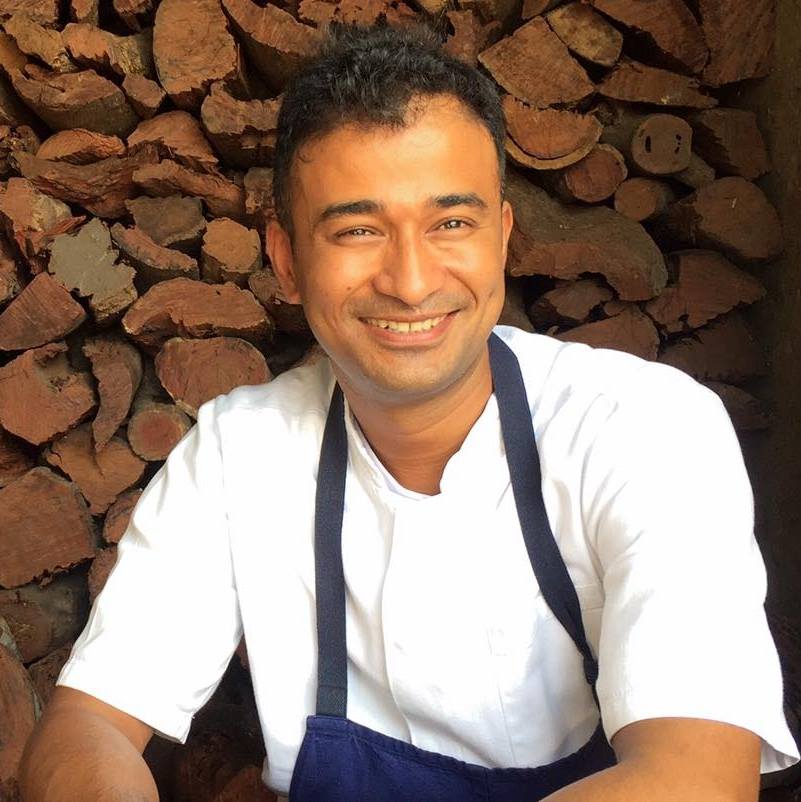
Pathak’s team in Nepal includes chefs Rupesh Bohara and Sagar Shrestha who have also worked extensively in Dubai and Australia, and share his vision.
The three realised they shared the same dream, and over the past five years have travelled across Nepal to research their menu, collecting ingredients and ideas from homestays, food carts, and nature.
The team then scouted for Nepal’s best architect, and zeroed in on Bhaktapur-based heritage conservationist Rabindra Puri who designed the Malla-era house for Tusa in the Nag Pokhari neighbourhood. Bohara and Shrestha have moved back to Nepal for good, and Pathak arrives in September.
“I made dishes from all over the world, but when someone asked what Nepali food was like, I had no answer,” says Bohara, “I came back to find out.”
“You can get citizenship, a green card, big houses and cars, but where is the self-satisfaction?” asks Shrestha, who has a red-and-blue chef’s knife with the sun and moon of the Nepali flag tattooed on his right forearm.
Read also: The return of a master baker, Raju Pakhrin
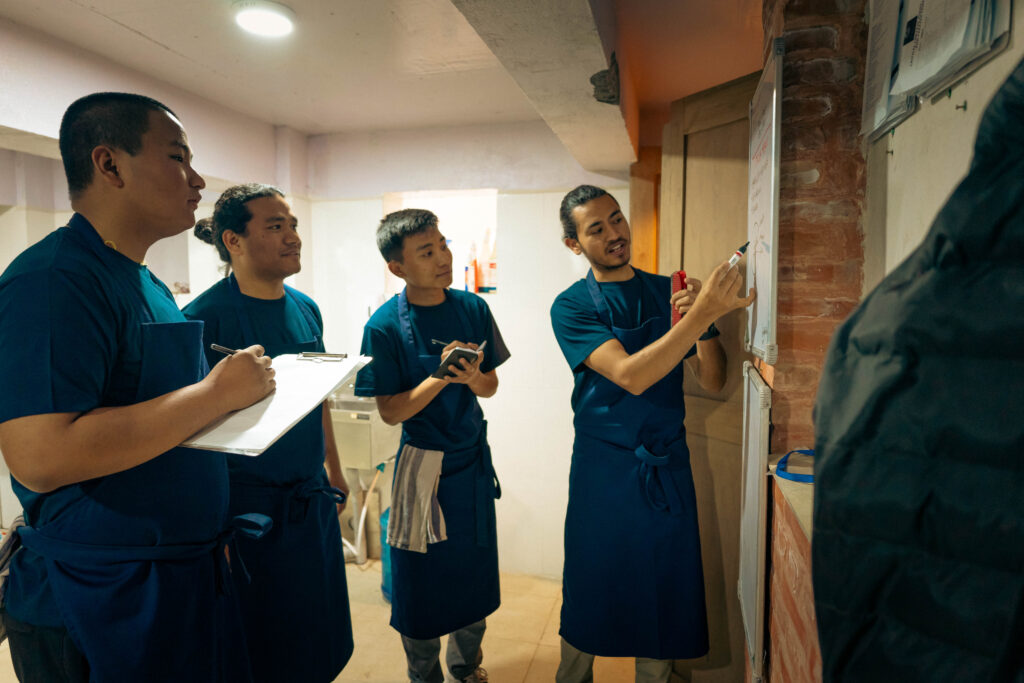
Bohara and Shrestha passionately recount stories of their trips across Nepal, speaking of generous lodge owners who introduced them to local ingredients.
Tusa can seat 28, and dining here is a sensory experience with a live kitchen. The chefs cook and place dishes on a large granite countertop with induction sections built in.
Behind the counter is a grill on an indoor fire with pulley control to adjust the fire. Everything that can be made in Nepal — chairs and tables, ceramic dishes, the grill — is locally sourced.
The executive kitchen/laboratory is downstairs. It is spacious, spotless, and contains appliances rarely seen in restaurants here: a sous vide machine that cooks vacuum-sealed packets at consistent temperatures, and a dehydrator for sisnu nettles. A fresh batch of deep purple kimbu (mulberry) muffins has just come out of the oven. Fridges have dry-aged fish and marigold kombucha.
Fermentation seems to be the theme at Tusa, and Pathak explained: “Fermentation takes away the natural sugars in food, leaving behind a true, umami taste.”
Read also: Viking’s khukri passion, Alisha Sijapati
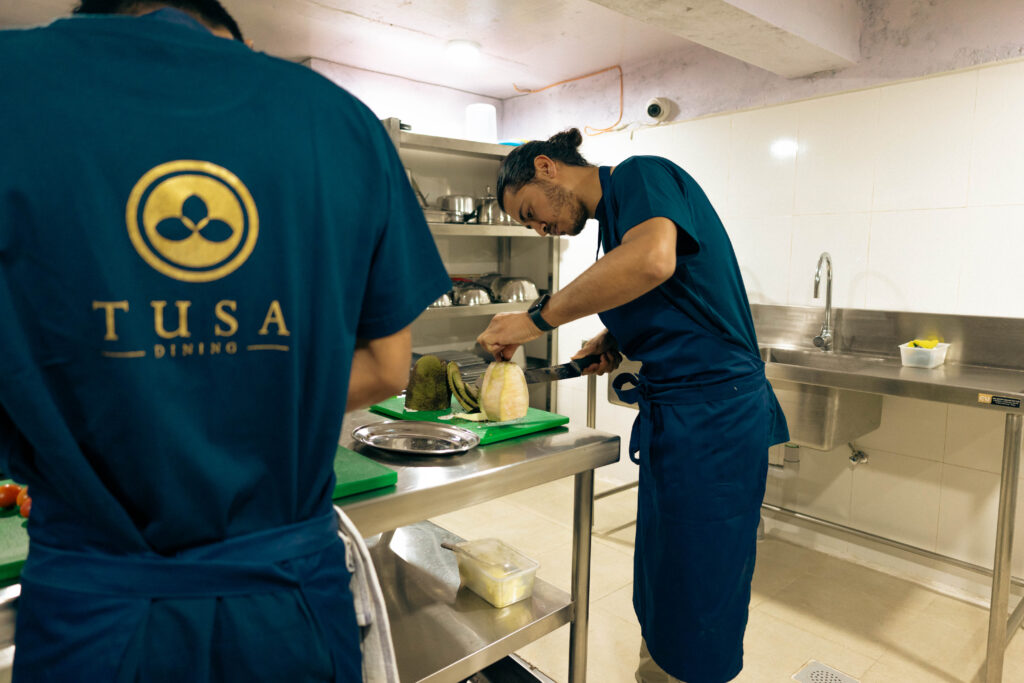
Tusa itself means ‘shoot’ in Nepali, and can be a dish of fermented bamboo shoots. The restaurant serves a tasting menu with six courses, plus surprises.
It starts with a fermented potato and millet roti with charred green garlic and tomato chutney. The bread tastes like a mix of alu paratha and kodoko roti with a satisfying, mild flavour.
The chefs do not show off, and overdo it. Dishes are tastefully simple and faithful, a theme that runs through the meal.
The second course is a filet of fish charred on one side and placed in a broth. It is delicate and smokey, and does not mask the character of the fish.
The next is Batuk Chukauni, a Magar dish with a lentil snack and a yoghurt-based potato achar. The batuk, made of lentil batter, is light and the chukauni has potatoes and peas.
Read also: “Money is not everything, but you need money for everything”, Rohit Shrestha
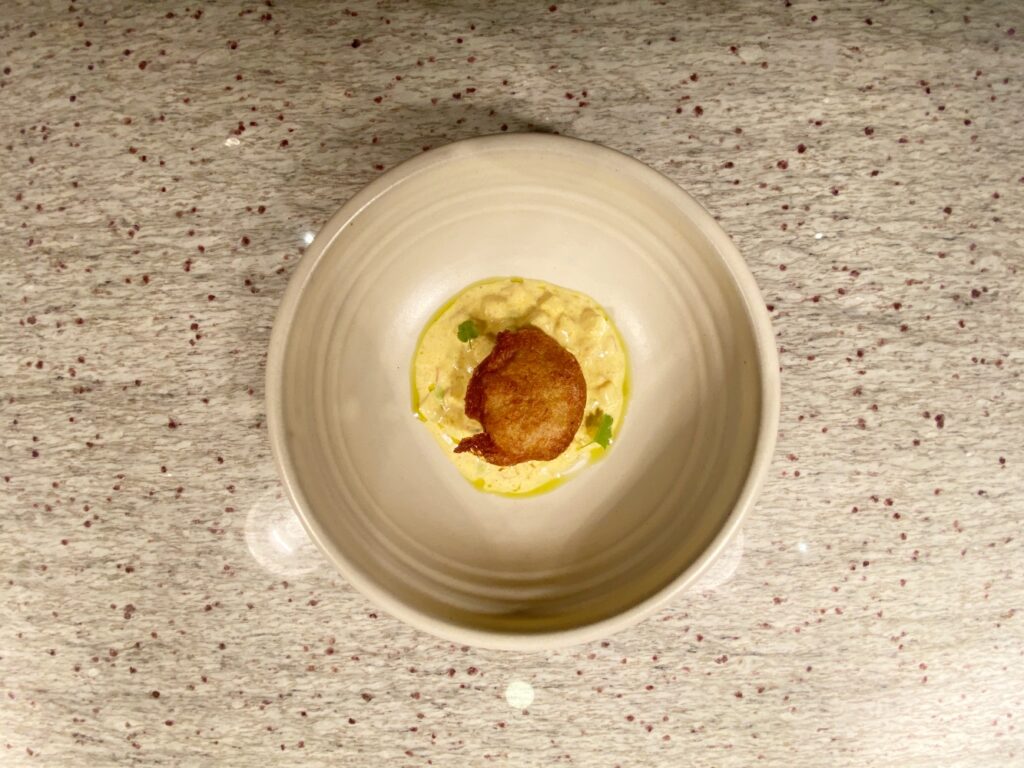
Next is a skewer of jackfruit with a tamarind and mustard glaze that has the texture of a slice of sausage and melts in the mouth.
Then comes the first off-menu item: a steak of watermelon, glazed and grilled, tasting sweet, sour and smokey. After that a palate cleanser sorbet made with laligurans syrup adorned with a frozen candied rhododendron petal.
Finally the main course: barbeque chicken and chyakla coarse corn grits. The chicken has been brined, marinated, cooked sous-vide and seared on the grill. The delicate consistency of the chicken stands out.
Desert is a smooth, creamy cheesecake that uses the local juju-dhau yoghurt. And the last course is a moist, moss-green sisnu cake laced with mulberry jam and cream.
There is nothing gimmicky about Tusa. It is the coming together of skilled Nepalis with international exposure who have mixed what they have learnt abroad with the flavours of home.
The tasting menu is Rs3,500, and it may take some time before Nepalis develop a predilection for some of its items. The chefs are excited, vindicated, and relieved. Coming back to Nepal, uprooting successful careers abroad to take a chance on Nepal must not have been easy.
Tusa had a soft launch on New Year’s day with Kathmandu-based diplomats. Australian Ambassador Felicity Volk was one of them, and wrote on a Facebook post: ‘Chefs who honed their skills in Australia and returned to Nepal to give back. We call it fine dining, they call it #cominghome.’
Read also: The baker of Barpak, Tara Aryal Pandey
INPS Japan/Nepali Times
Origina Article: https://nepalitimes.com/here-now/the-return-of-the-natives


